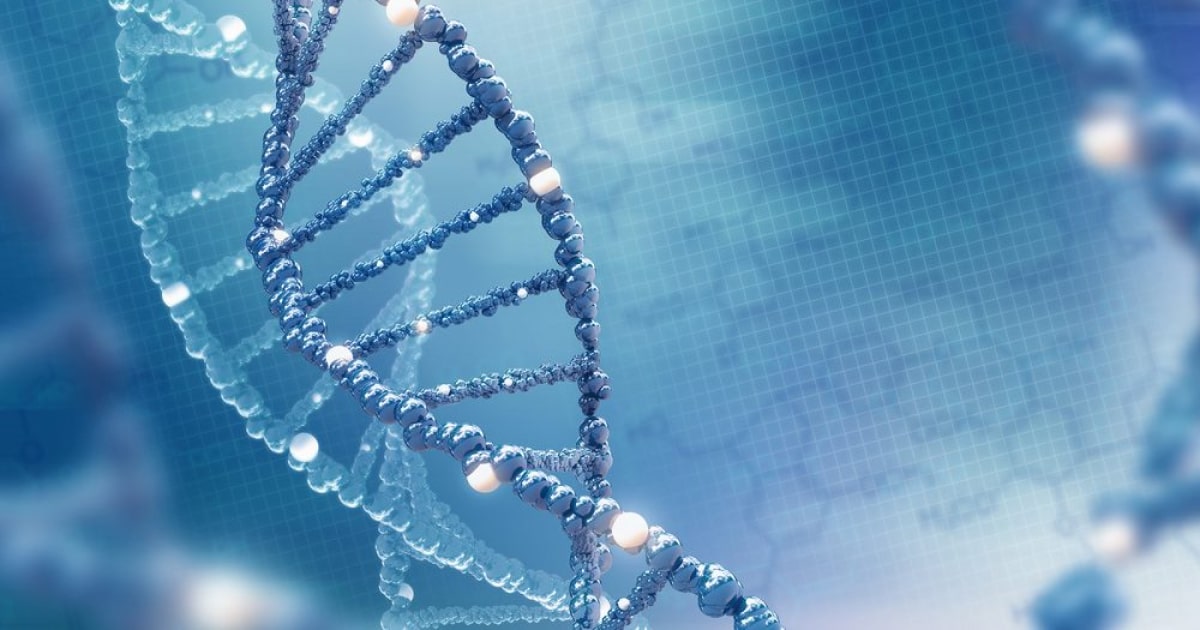
Expert Reviewed By: Dr. Brandon Colby MD
Understanding Hypogonadotropic Hypogonadism 14 with Anosmia
Hypogonadotropic hypogonadism 14 with anosmia, also known as Kallmann syndrome, is a rare genetic disorder characterized by delayed or absent puberty and an impaired sense of smell. This condition results from a deficiency in gonadotropin-releasing hormone (GnRH), which is essential for the proper functioning of the reproductive system. The anosmia, or lack of smell, is due to the abnormal development of the olfactory system. Recent studies have identified novel genetic mutations associated with this disorder, shedding light on its underlying causes and potential diagnostic methods.
Diagnosing Hypogonadotropic Hypogonadism 14 with Anosmia
Diagnosing hypogonadotropic hypogonadism 14 with anosmia typically involves a combination of clinical findings, hormonal assessments, and genetic testing. Clinical findings may include delayed or absent puberty, infertility, and a reduced or absent sense of smell. Hormonal assessments involve measuring the levels of gonadotropins and sex steroid hormones in the blood. Genetic testing is crucial for confirming the diagnosis and identifying the specific genetic mutation responsible for the condition.
Identifying Novel Genetic Mutations
Recent studies have identified several novel genetic mutations associated with hypogonadotropic hypogonadism 14 with anosmia. For example, a study published in The Journal of Clinical Endocrinology & Metabolism identified three new genetic defects in the KAL1 gene in 12 males with the condition. Another study published in Endocrines summarized the genetic causes of idiopathic hypogonadotropic hypogonadism (IHH), a group of rare developmental disorders characterized by low gonadotropin and sex steroid hormone levels.
Linking Genetic Mutations to Other Conditions
Some genetic mutations associated with hypogonadotropic hypogonadism 14 with anosmia have also been linked to other conditions. For instance, a case study published in Journal of Applied Clinical Pediatrics reported a patient with hypogonadotropic hypogonadism and congenital hearing loss, finding a heterozygous deletion in the SOX10 gene. This suggests a link between Waardenburg syndrome type 2 and hypogonadotropic hypogonadism. Additionally, a study published in Sexual Development identified a novel PTCH1 mutation in a family with Gorlin-Goltz syndrome, linking the mutation to congenital hypogonadotropic hypogonadism with anosmia and suggesting PTCH1 as a new candidate gene for Kallmann syndrome.
Using Genetic Testing for Hypogonadotropic Hypogonadism 14 with Anosmia
Genetic testing plays a crucial role in the diagnosis, management, and understanding of hypogonadotropic hypogonadism 14 with anosmia. By identifying the specific genetic mutation responsible for the condition, healthcare providers can better tailor treatment plans and provide more accurate prognoses.
Confirming the Diagnosis
Genetic testing is essential for confirming the diagnosis of hypogonadotropic hypogonadism 14 with anosmia. By analyzing the patient's DNA, healthcare providers can identify the presence of a genetic mutation associated with the condition, providing definitive evidence of the diagnosis.
Guiding Treatment
Once the specific genetic mutation has been identified, healthcare providers can develop a personalized treatment plan for the patient. This may include hormone replacement therapy to address the hormonal imbalances caused by the condition, as well as other supportive measures to manage symptoms and improve quality of life.
Genetic Counseling and Family Planning
Genetic testing also plays a critical role in genetic counseling and family planning for individuals with hypogonadotropic hypogonadism 14 with anosmia. By understanding the specific genetic mutation responsible for the condition, couples can make informed decisions about family planning and assess the risk of passing the condition on to their children.
Advancing Research and Understanding
Finally, genetic testing contributes to the ongoing research and understanding of hypogonadotropic hypogonadism 14 with anosmia. By identifying novel genetic mutations and exploring their connections to other conditions, researchers can further unravel the complex genetic landscape of this rare disorder and potentially develop new diagnostic tools and treatments.
About The Expert Reviewer
Dr. Brandon Colby MD is a US physician specializing in the personalized prevention of disease through the use of genomic technologies. He’s an expert in genetic testing, genetic analysis, and precision medicine. Dr. Colby is also the Founder of and the author of Outsmart Your Genes.
Dr. Colby holds an MD from the Mount Sinai School of Medicine, an MBA from Stanford University’s Graduate School of Business, and a degree in Genetics with Honors from the University of Michigan. He is an Affiliate Specialist of the American College of Medical Genetics and Genomics (ACMG), an Associate of the American College of Preventive Medicine (ACPM), and a member of the National Society of Genetic Counselors (NSGC)